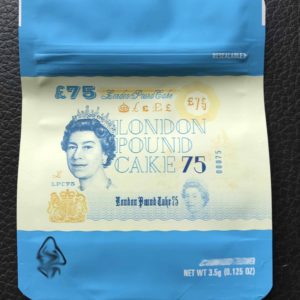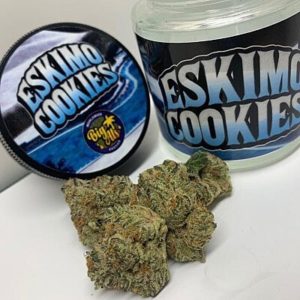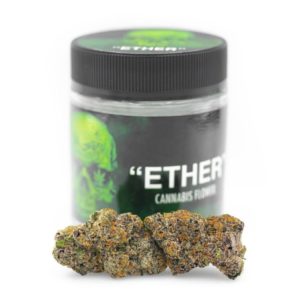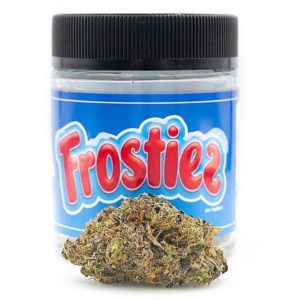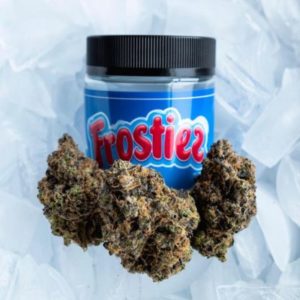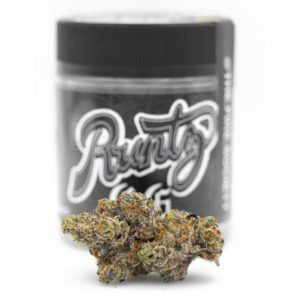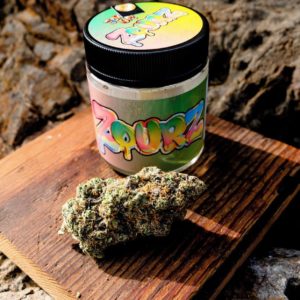Edibles & Gummies
Price range: €210.00 through €1,500.00
Edibles & Gummies
Price range: €15.00 through €185.00
Runtz
€120.00
Runtz
Price range: €240.00 through €1,500.00
Runtz
Price range: €300.00 through €2,000.00
Runtz
Price range: €600.00 through €2,000.00
Runtz
Price range: €500.00 through €2,500.00



